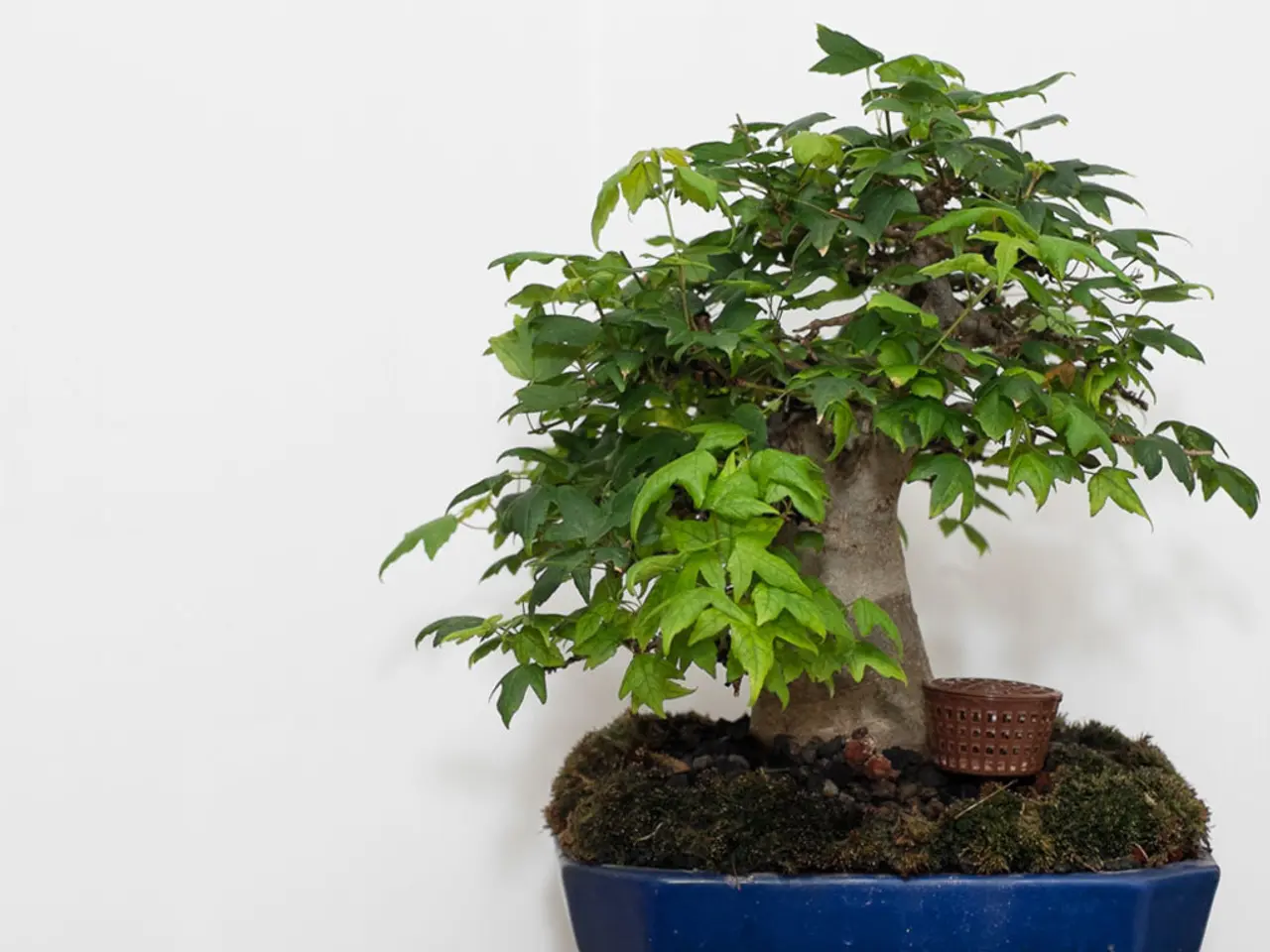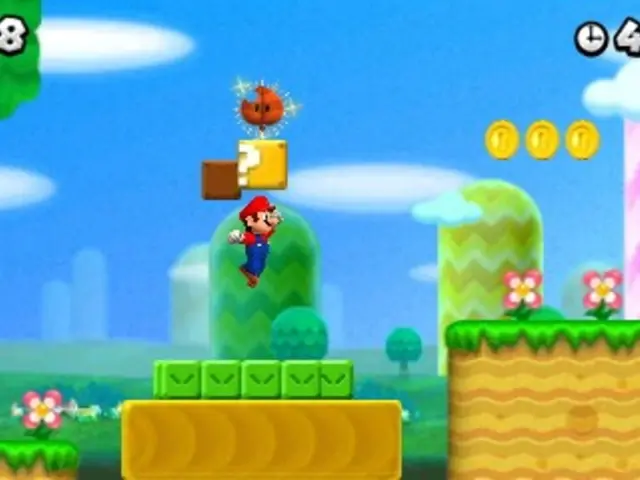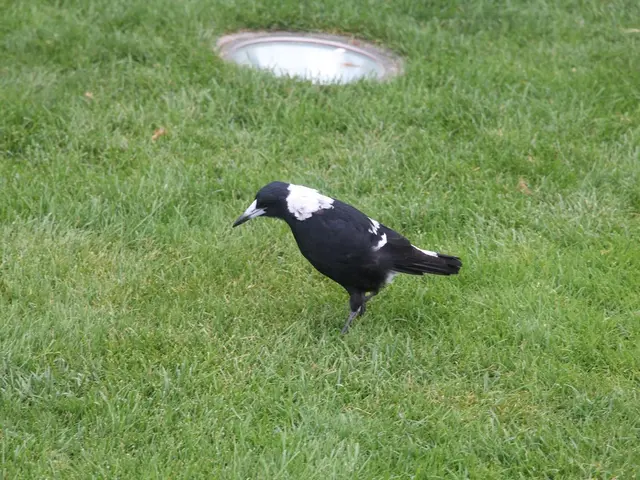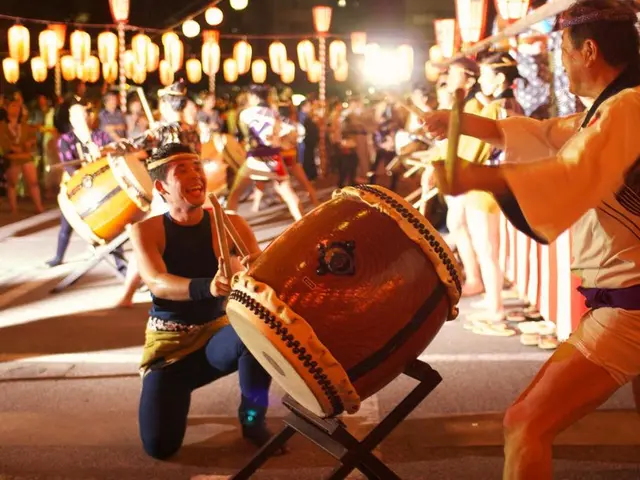Exploring Bonsai Root Expansion and Maturation: Delving into the Roots' Essence
In the world of bonsai, the health and vitality of a tree depend largely on its root system. Understanding the impact of pot size, soil composition, and watering practices is crucial for effective bonsai care.
Larger pots provide more soil volume, allowing for better root growth and development. Conversely, smaller pots can lead to root confinement, limiting the tree's ability to absorb water and nutrients. This root confinement, often exacerbated by inadequate pot sizes or infrequent repotting, can result in stunted growth patterns, such as a diminution in leaf size, shortened internodes, or a reduction in the number of new shoots.
Environmental factors, including temperature, light, and humidity levels, also play a significant role in bonsai root growth and health. However, it is the pot size and shape, soil composition, watering practices, and careful repotting that form the cornerstone of bonsai root management.
Regular repotting every 1 to 5 years is essential for preventing root circling and promoting fresh root growth. During repotting, fine hair roots responsible for water and nutrient uptake are trimmed to prevent them from circling the pot and becoming root-bound. This pruning stimulates new root growth, which is healthier and more finely branched, supporting better tree vigor and stability.
When repotting, it is recommended to slice the root ball with vertical cuts evenly spaced around the root mass to loosen the roots and promote outward growth. Cleaning up small, entangled roots further aids healthy root structure and prevents stem girdling.
After repotting and root pruning, the tree should be watered carefully. Initial watering should saturate the root system using the “soaking method,” submerging the bonsai for several minutes until bubbling stops to ensure thorough wetting. However, the tree should be watered less frequently immediately after repotting because many water-absorbing roots are temporarily removed, and overwatering can cause root rot.
Using well-draining bonsai soil mixes, often akadama or similar granulated clays mixed with organic components, provides adequate aeration and moisture retention. Proper soil prevents waterlogging while maintaining moisture levels conducive to root growth and health.
When planting or repotting, ensure the root flare is visible just above soil level and that the tree is upright and stable. Compact soil around roots sufficiently to avoid air pockets, but not excessively to restrict water and gas exchange, which roots need.
By following these best practices, bonsai enthusiasts can maintain optimal root health, which directly impacts the tree’s ability to thrive and its visual balance and beauty as a living miniature sculpture.
Summary Table:
| Practice | Purpose | Key Tips | |--------------------------|----------------------------------------------------------|---------------------------------------------------| | Repotting & root pruning | Prevent root circling, encourage fresh root growth | Repot every 1–5 years; trim fine hair roots | | Root ball slicing | Loosen root mass, promote outward root spread | Slice root ball evenly every 90 degrees | | Watering | Hydrate roots without causing rot | Soak initially; reduce watering post-repotting | | Soil choice | Balance drainage and moisture retention | Use akadama or fast-draining bonsai soil mix | | Root flare & soil compaction | Secure tree stability; ensure root-air exchange | Keep root flare visible; avoid large soil air pockets|
[1] Bonsai Root Management: Best Practices for Optimal Tree Health and Aesthetic Appeal [2] Understanding Bonsai Root Development Stages [3] Bonsai Root Bound: Symptoms, Causes, and Solutions [4] Bonsai Soil Composition: The Key to Healthy Root Growth [5] Bonsai Watering: Balancing Water and Nutrient Absorption for Vibrant Trees
In the realm of bonsai, proper care extends beyond the tree's branches and leaves to its root system. Along with environment factors, pot size and shape, soil composition, watering practices, and regular repotting play a vital role in maintaining optimal root health. For instance, choosing larger pots for bonsai enables better root growth and development due to increased soil volume, while smaller pots can potentially result in root confinement, limiting the tree's ability to absorb water and nutrients effectively.








